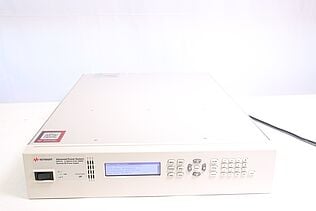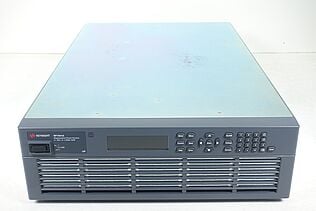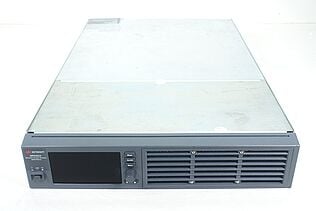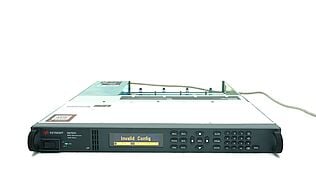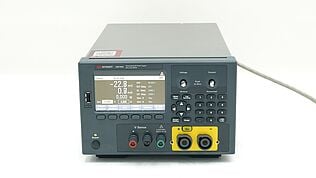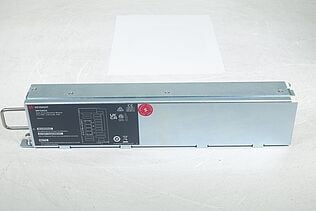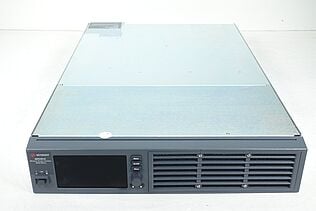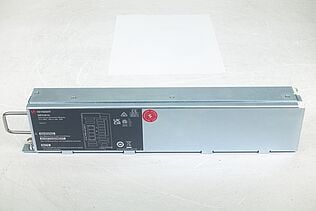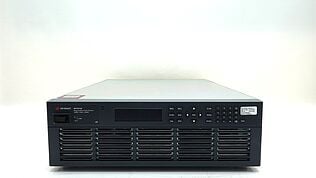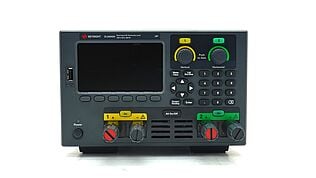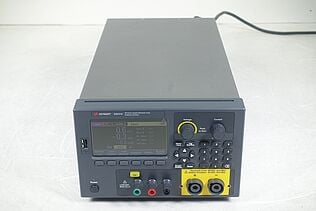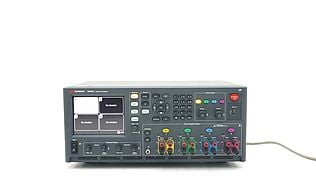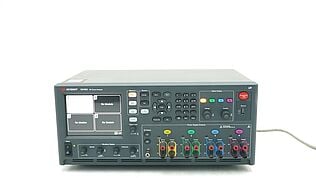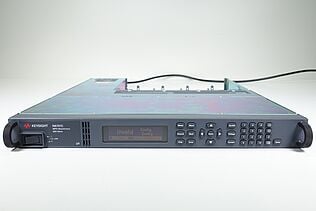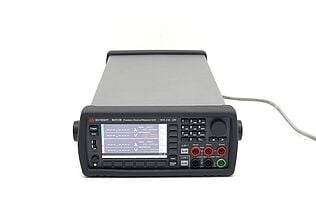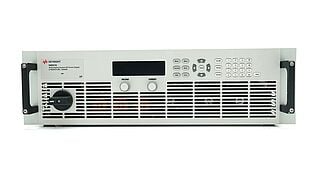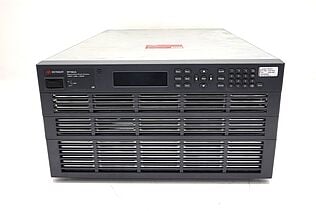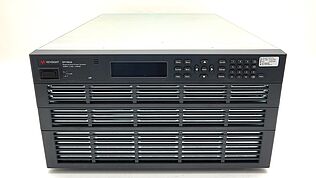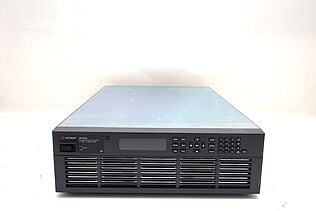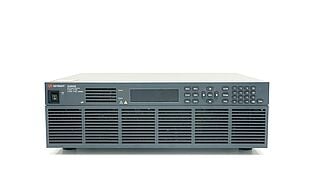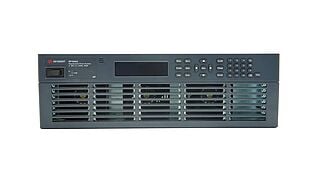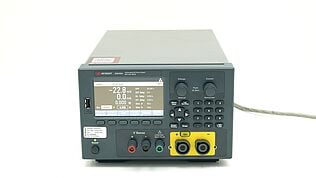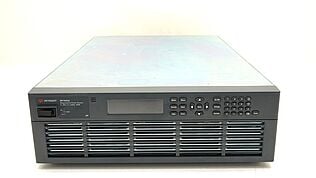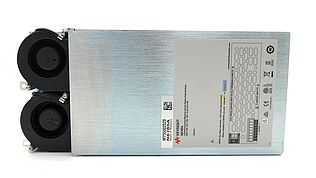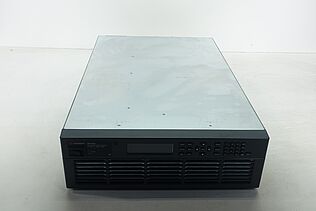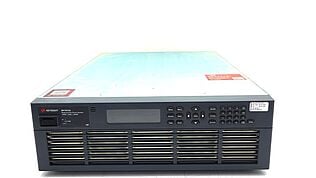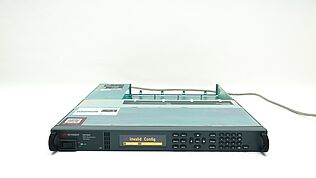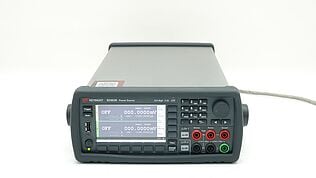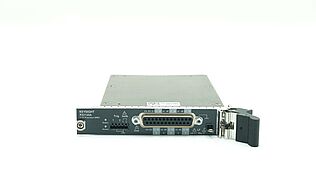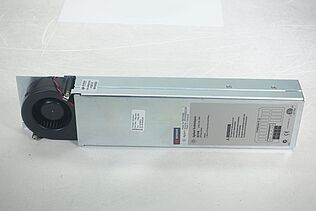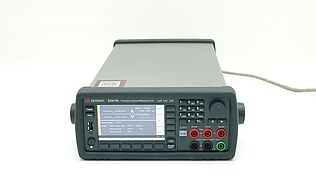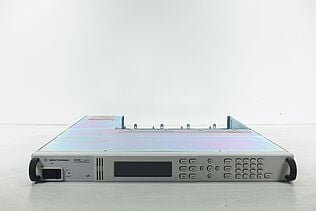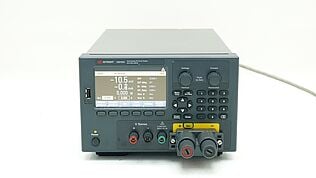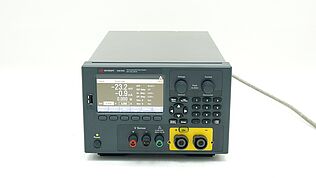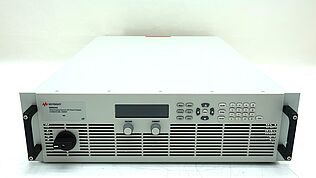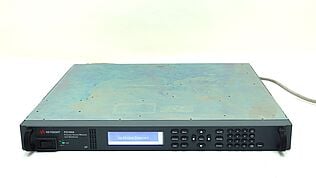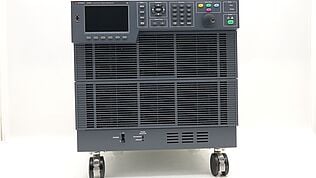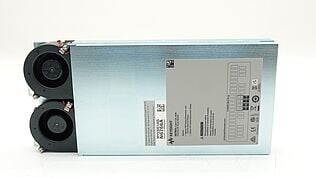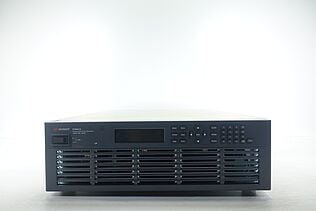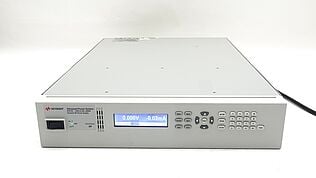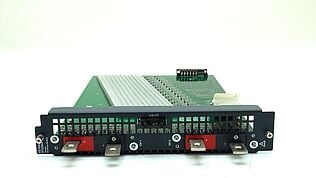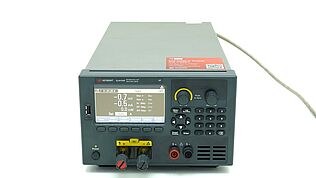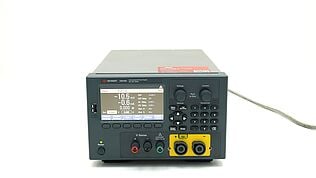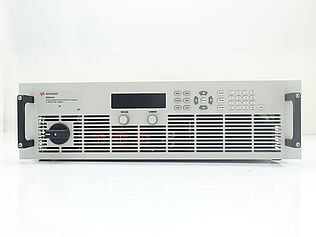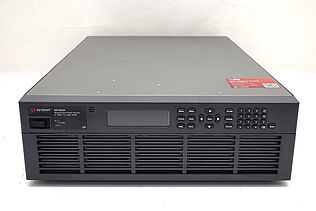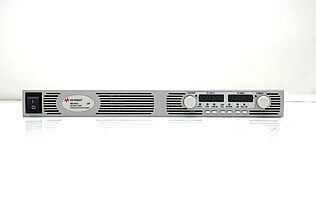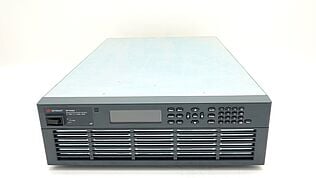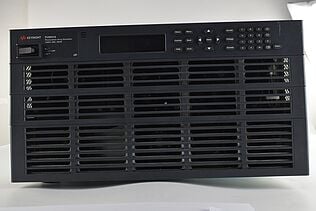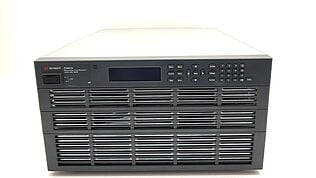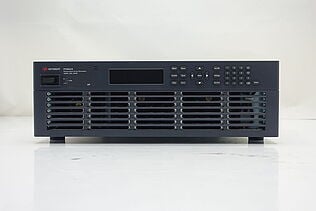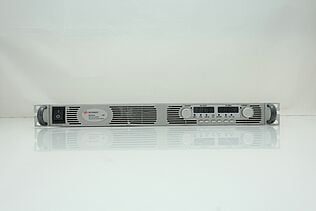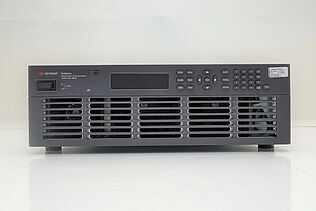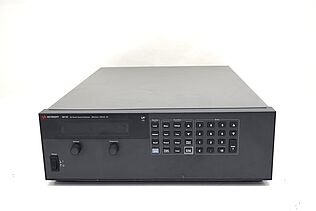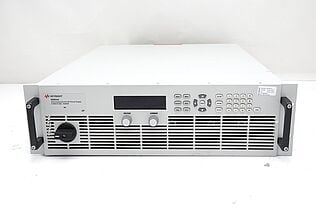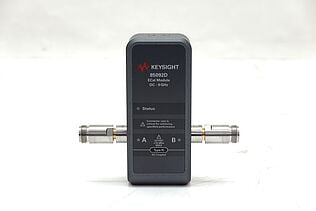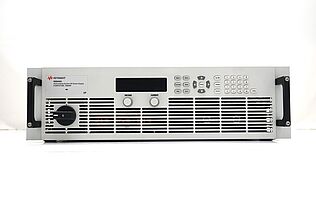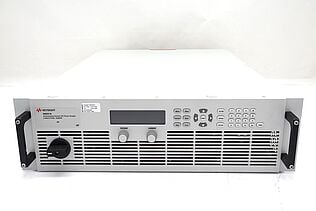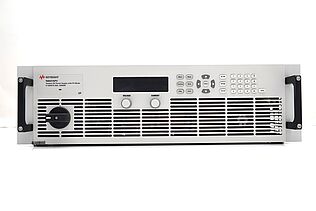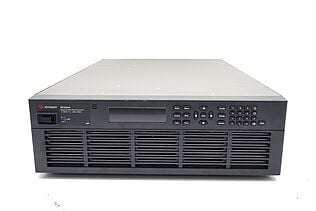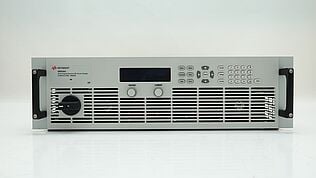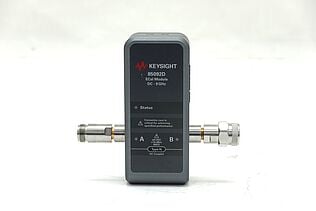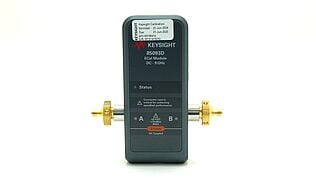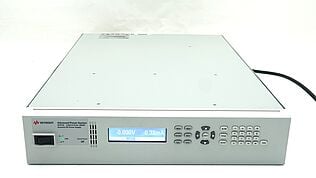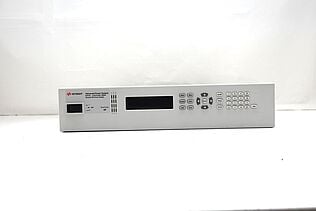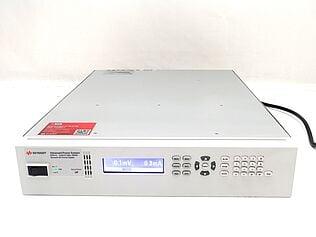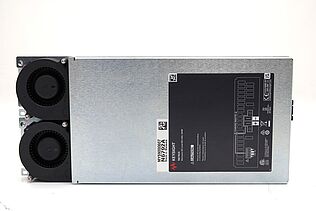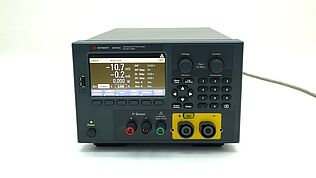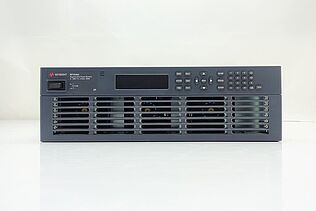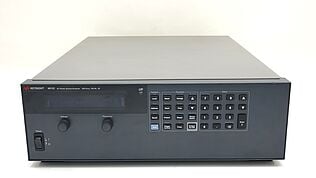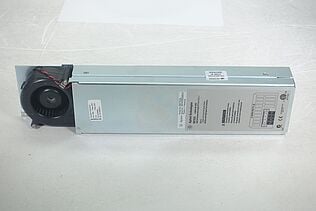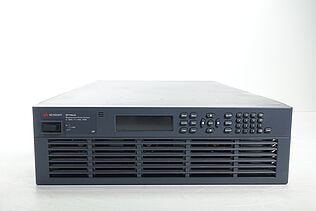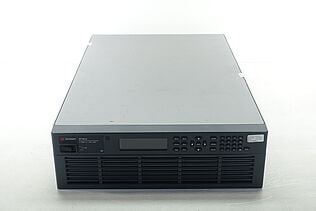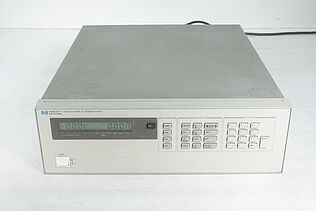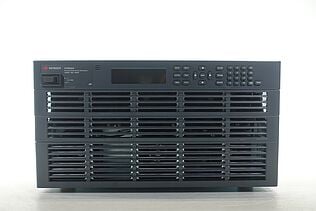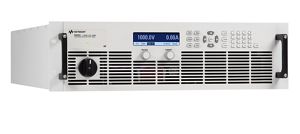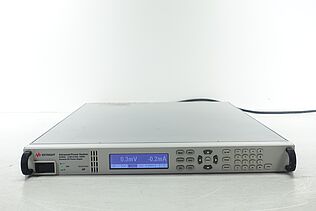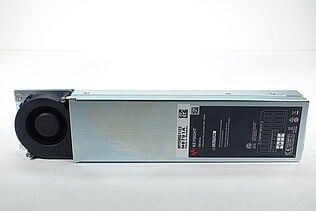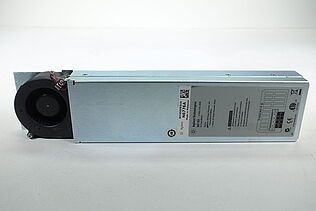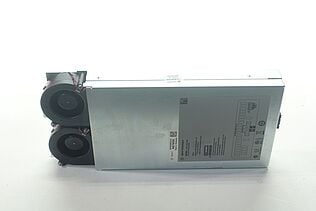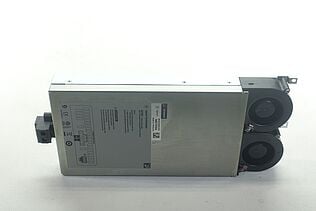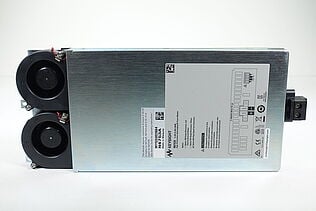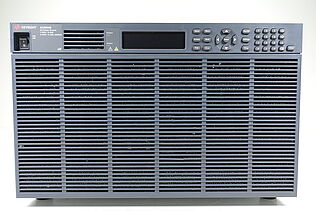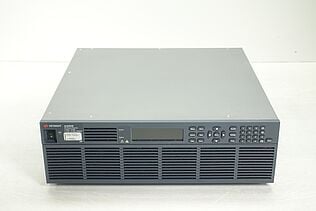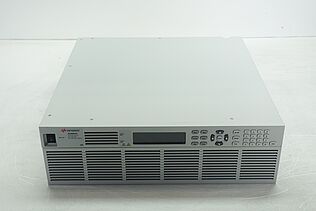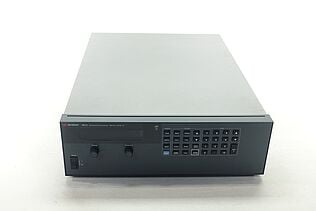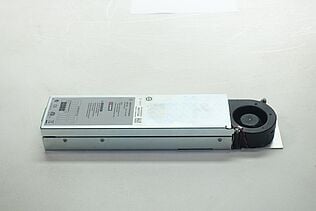- Introduction
- Find Power Supplies now on limited Sale
- Understanding the Power Formula
- Voltage and Current: The Dynamic Duo
- Power in Alternating Current (AC) Systems
- The Complexity of AC Power Calculations
- The Significance of Resistance in Power Dissipation
- Ohm's Law and Its Role in Power Calculations
- Resistance: The Gatekeeper of Current Flow
- Dissipating Power Safely in Electronic Devices
- Energy Consumption and Power Measurement
- The Relationship Between Power, Energy, and Time
- Understanding kWh
- Exploring Mechanical Power Formulas
- Power in Rotational Systems
- Lifting Against Gravity: Linear Power
- The Hybrid Horsepower Equation
- The Role of Efficiency in Power Calculations
- Understanding Energy Loss
- Efficiency Ratings and Their Impact
- Practical Applications of the Power Formula
- Electrical Engineering: Essential for Circuit Design
- Broader Implications in Technology and Energy Management
- Thermal Effects of Power and Heat Transfer Principles
- Conduction: The Direct Path
- Convection: The Fluid Movement
- Radiation: Invisible Waves Carry Away Heat
- Measuring Instruments for Power
- Oscilloscopes in Power Measurement
- Network Analyzers for Accurate Impedance Testing
- Electronic Loads
- FAQs about Power Formula
- FAQs about Power Formula
- What are the three formulas for power?
- What is the power formula P = IV?
- What is the basic power formula?
- How do you calculate DC power?
- Conclusion
- Whenever You’re Ready, Here Are 5 Ways We Can Help You
Picture this: You're hunched over your latest project, piecing together wires and components. The hum of electricity is almost tangible in the air. But it’s not just about connecting A to B; a deeper understanding is needed.
Why does knowing the Power Formula matter? Behind every flickering LED or revving motor lies this silent symphony—a blend of volts, amps, and ohms playing out across circuits everywhere. Let's see how these forces shape our world.
Find Power Supplies now on limited Sale
Understanding the Power Formula
If you've ever tinkered with a circuit, chances are you’ve come across the power formula. It's like that vital ingredient in a recipe—it makes everything work just right. In electrical engineering, knowing how to calculate power is as essential as it gets.
Voltage and Current: The Dynamic Duo
Voltage (V) and current (I) are closely related in an electric circuit. Voltage drives the movement of electrons through a wire, and current is the measure of the rate at which these electrons flow.
In direct current (DC) circuits, the power (P) is determined by the product of voltage and current, measured in watts (W). This relationship is the basis of the power formula.
| Component | Description | Symbol/Formula |
|---|---|---|
| Voltage | The "push" that drives charge through a circuit | V |
| Current | The rate at which charge flows through a conductor | I |
| Power | The rate of energy transfer or consumption | P = VI |
When resistance is considered in electrical circuits, Ohm's Law becomes particularly relevant. This law establishes a relationship between voltage (V), current (I), and resistance (R), expressed as V = IR.
In scenarios where we need to determine the energy converted into heat due to resistance, the formula modifies to P = I^2R. This adjustment is a common aspect of electrical engineering calculations.
Power in Alternating Current (AC) Systems
When you flip on a light switch, the power lighting up your room is not as straightforward as it seems. In alternating current (AC) systems, calculating power involves juggling more than volts and amps.
The Complexity of AC Power Calculations
In direct current (DC), power calculation is simple: multiply voltage by current. But AC adds layers to this equation because voltage and currents periodically alternate directions.
To get a true measure of how much work an AC system can do, we factor in the 'power factor’ and phase differences that arise due to these fluctuations.
- Voltage: Like waves in the ocean, AC voltage rises and falls over time following a sine wave pattern.
- Current: Similarly, the flow of electrons changes direction back and forth with alternating current.
- Phase difference: Sometimes voltage peaks don't line up perfectly with those of the current—the difference between their peaks is called phase difference.
- Power factor: Power factor measures the phase difference between voltage and current in an AC system.
This leads us to use different formulas for determining actual ('real') power versus theoretical ('apparent') power in an AC circuit—a concept that can feel as elusive as capturing shadows at times but makes all the difference when designing or working with electronic devices.
Engineers employ Root Mean Square (RMS) values to manage oscillating currents and voltages. RMS values provide average values for these oscillations, allowing for direct comparison with direct current (DC) measurements. This method simplifies the analysis of alternating current (AC) systems by providing a consistent reference point. The power of an AC system is thus expressed as
\(P=V _{RMS}* I_{RMS}\)
- RMS voltage & current: Averages out highs/lows, giving comparable numbers similar to constant DC levels.
| Key Takeaway |
|---|
| AC power calculation involves more than just multiplying volts by amps. It includes the consideration of voltage and current fluctuations, phase differences, and the power factor. Understanding the distinction between real and apparent power is crucial, and this complexity is why precise tools such as oscilloscopes are essential in analyzing AC power. |
The Significance of Resistance in Power Dissipation
In electrical engineering, understanding the nuances of power dissipation is essential for creating effective and safe circuit designs. The principles of Ohm’s Law are pivotal in this regard, as they dictate how current, voltage, and resistance interact in a circuit, directly impacting the amount of heat generated – a key factor known as power dissipation.
Ohm's Law and Its Role in Power Calculations
Understanding Ohm’s Law is key to mastering power dissipation. It tells us that current flowing through a conductor between two points is directly proportional to the voltage across the two points when keeping the resistance constant (I = V/R).
In practical terms, when working on a circuit design or troubleshooting equipment, knowing how much heat an element will give off (power dissipation) hinges on these principles.
Resistance: The Gatekeeper of Current Flow
If we see resistance as slowing down electrons by causing them to collide and release energy as heat – then it stands to reason that more resistance means more collisions. And what does this lead to? More heat.
Dissipating Power Safely in Electronic Devices
We often use resistors intentionally to dissipate unwanted energy within safe limits but forget they have thresholds, too.
- Voltage drop: Check each resistor’s voltage drop; if it exceeds specifications even by small margins, it could mean trouble over time.
- Tolerance levels: Always consider component tolerance levels specified by manufacturers especially important when dealing with sensitive electronics.
- Cooling mechanisms:Heat sinks play a crucial role in keeping equipment at ideal temperatures, especially during power surges.
| Key Takeaway |
|---|
| Resistance plays a crucial role in power dissipation in electronic circuits, with higher resistance leading to increased heat generation. To manage this effectively, it's essential to monitor resistor voltage drop, adhere to component tolerance levels, and employ cooling mechanisms like heat sinks to maintain optimal device temperatures and prevent overheating. |
Energy Consumption and Power Measurement
When you flick on a light switch, plug in your laptop, or fire up an industrial machine, you're tapping into electrical power. But how do we measure the energy these activities consume over time? That's where understanding power measurement becomes crucial for managing usage and costs.
The Relationship Between Power, Energy, and Time
Energy use is the result of power and duration (E = P*Δt). The longer you use a device, the more energy it will consume. By increasing the power, you can run the machine for a shorter period amount of time to reach the same energy consumption.
In technical terms:
- Power: Measured in watts (W), it represents how much work is done per unit of time.
- Energy consumption: This measures total work completed; think kilowatt-hours (kWh) on your electricity bill.
- Time: It’s all about duration—how long has that device been running?
Understanding kWh
A kilowatt-hour equates to using one thousand watts for one hour. So, if you run ten 100-watt bulbs for an hour, that's one kWh.
| Power Measurement | Application |
|---|---|
| Kilowatts (kW) | Household appliances (e.g., microwaves, washing machines) |
| Megawatts (MW) | Large-scale operations (e.g., data centers, manufacturing plants) |
| Gigawatts (GW) | Power generation facilities (e.g., nuclear reactors, solar farms) |
Exploring Mechanical Power Formulas
In mechanical engineering, power is defined as the rate at which work is done, or energy is transferred over time. This concept is fundamental to understanding how power functions in physical systems, moving beyond the scope of electronics to mechanics.
Power in Rotational Systems
Imagine the crankshaft of your car's engine spinning, producing useful work. The formula for calculating mechanical power (P) here goes by P = τω, where τ represents torque—the force causing rotation—and ω symbolizes angular velocity—or how fast something spins.
Lifting Against Gravity: Linear Power
Sometimes, things need to move straight up rather than round and round—like elevators or even rockets blasting off. That’s where linear mechanical power steps onto the stage with P = Fv. This means the product of force (F), say what it takes to lift our elevator against Earth's gravity pull, multiplied by velocity (v)—how quickly that elevator ascends.
This straightforward approach gives us clues about the required motor strength for lifts or propulsion needed for spacecraft without getting tangled in complexities—you get raw data on whether your system has enough power.
- Torque & angular velocity: Ideal for understanding engines and rotatory machines; measure with dynamometers.
- Force & velocity: Perfect gauge for vertical movements; assess using standard physics calculations.
- Horsepower: A throwback term still used today, especially in cars—it converts easily from watts if numbers make more sense metrically.
The Hybrid Horsepower Equation
In automotive contexts, particularly among enthusiasts, the term 'horsepower' is widely used and respected. Historically, James Watt created this measurement to compare the capacity of steam engines with that of draft horses. Today, horsepower is a key metric in car performance specifications, indicating the power output of engines.
| Key Takeaway |
|---|
| In mechanical engineering, power calculation varies with the system's motion. For rotational systems like engines, power is calculated as P = τω (torque times angular velocity). For linear movements, such as in elevators or rockets, it's P = Fv (force times velocity). These formulas are crucial for determining motor strength or propulsion needs in various applications. |
The Role of Efficiency in Power Calculations
Efficiency is a major factor in evaluating the connection between input and output power. Efficiency measures how much useful work we can extract from the energy input.
If you supply 100 watts of electrical power to a bulb that converts 90 watts to light while the rest dissipates as heat, the efficiency would be 90%. This example illustrates how efficiency measures a system's ability to minimize energy loss and maximize productive output.
Understanding Energy Loss
Energy loss is an inherent aspect of all power systems, ranging from large-scale generators to smartphone batteries. Some energy inevitably dissipates during energy conversion and transmission, primarily as heat or other less useful forms. For example, in a power plant, not all the fuel energy converts into electrical power; some is lost as heat in the machinery.
Similarly, in a smartphone, the battery's chemical energy doesn't fully convert into electrical energy; some is lost as heat, reducing the efficiency of the device. Understanding energy loss is crucial for developing more efficient power systems and improving overall energy utilization.
Efficiency Ratings and Their Impact
We often see devices boasting an 'Energy Star' rating or similar endorsements based on their ability to do more with less—that's efficiency at play. These ratings aren't fluff; they represent real savings on bills and resources over time because we have learned how to minimize waste while maximizing performance.
An LED light bulb is an excellent example—it gives us brighter light than older bulbs but uses far less power.
Key Aspects of Efficiency
- Energy loss during transmission: Occurs mostly due to resistance and can be mitigated through improved materials and designs.
- Efficacy of devices: Higher-rated appliances perform better under standard usage conditions—they squeeze more use out of every watt they consume.
- Cogeneration benefits: This refers to using waste heat from one process (like generating electricity) for another purpose, which boosts overall efficiency dramatically—you're essentially getting two-for-one value from your initial energy investment.
| Key Takeaway |
|---|
| Efficiency in power systems is critical for maximizing the useful output from the energy input, significantly impacting cost savings and resource utilization. Factors like energy loss during transmission, the efficacy of devices, and the benefits of cogeneration play crucial roles in enhancing overall efficiency, leading to more sustainable and economical energy usage. |
Practical Applications of the Power Formula
The power formula is an indispensable asset across multiple industries, fueling advancements and enhancing efficiency. Its practical applications are far-reaching, significantly impacting our daily technology usage.
For instance, in the realm of smartphones, the power formula is key to understanding and optimizing battery performance. It offers critical insights into the device's energy consumption, shaping strategies for efficient usage and effective battery management.
This understanding is crucial for users aiming to extend battery life and developers striving to create more energy-efficient devices.
Electrical Engineering: Essential for Circuit Design
In electrical engineering, the power formula is pivotal for creating efficient circuits. It helps engineers determine the right balance of energy supply, ensuring that systems are efficient and do not waste energy.
Engineers can gather precise data using measurement tools like oscilloscopes and electronic loads. This data is instrumental in designing robust and reliable circuits, avoiding issues related to power overloads or insufficient power supplies.
Broader Implications in Technology and Energy Management
Beyond electrical engineering, the power formula has broader implications in technology and energy management. It plays a key role in developing sustainable energy solutions, optimizing power usage in buildings, and even in large-scale power distribution systems.
By accurately calculating power requirements, engineers and technicians can design systems that are not only efficient but also environmentally friendly.
In industries such as manufacturing and telecommunications, the power formula is integral to ensuring that equipment operates at optimal levels, contributing to overall productivity and energy conservation.
Thermal Effects of Power and Heat Transfer Principles
When you're deep into an electrical project, understanding how power translates to thermal energy is more than academic—it's essential for your systems' performance and safety. Heat can be friend or foe: it's a byproduct that needs careful management but also a useful indicator of system efficiency.
The relationship between electricity and heat hinges on three core principles: conduction, convection, and radiation. Each plays its role in transferring energy from hot to cold areas—a dance dictated by thermodynamics.
Conduction: The Direct Path
In the realm of circuitry, we often face the challenge of managing heat due to conductive transfer. When current flows through resistive materials, electrons collide with atoms, causing them to move around; this movement generates heat directly where electricity passes through.
This effect explains why components get hot under heavy load. It’s like rubbing your hands together on a chilly day—the friction creates warmth.
Convection: The Fluid Movement
If conduction is akin to direct hand-to-hand combat with thermal foes, then convection is its stealthy cousin using air or liquid as its medium.
In our electronic enclosures or cooling systems, fans whirl away warm air while liquids circulate within coolers, drawing away unwanted thermal guests and transferring heat from solid surfaces into fluids that move it efficiently.
Radiation: Invisible Waves Carry Away Heat
Last but not least comes radiation—an unseen hero working silently behind the scenes. Devices emit infrared waves that carry energy outward toward cooler surroundings, even through vacuum space inside some high-end equipment setups, making sure no corner stays overheated unnoticed.
| Heat Transfer Method | Description | Tie-in With Electrical Power |
|---|---|---|
| Conduction | Direct transfer of heat through material collisions. | Higher resistance increases conduction, leading to more intense electron movement and heat generation. |
| Convection | Heat transfer via fluid motion (like air or liquid). | Utilized in cooling systems to move heat away from electrical components, preventing overheating. |
| Radiation | Transfer of heat through infrared wave emission. | Minimal in electrical components, but can occur in high-power systems. |
Measuring Instruments for Power
In the realm of electrical engineering, accurately gauging power output or consumption is as vital as a compass to navigation. It's not just about numbers on a screen; it's understanding the story they tell about performance, efficiency, and safety.
Oscilloscopes in Power Measurement
Oscilloscopes are essential tools for engineers in measuring transient power conditions. These devices track voltage over time, enabling the capture of spikes, dips, and noise in power electronics. This information is crucial for identifying inefficiencies or potential failures.
Keysight oscilloscopes are known for their precision and reliability, with high sampling rates that provide detailed observation of electrical events. Their use is particularly important in complex systems, where even minor fluctuations in voltage can lead to significant consequences.
Network Analyzers for Accurate Impedance Testing
To explore the flow of energy in circuits and identify areas where it may not flow, we turn to network analyzers. These instruments play an important role in analyzing the components' impedance characteristics. These characteristics affect how much power gets transferred versus reflected back into the system.
A well-calibrated network analyzer gives insights akin to knowing exactly why some gears grind while others spin seamlessly together—it pinpoints mismatches so adjustments can be made before they snowball into costly downtime or damage.
Electronic Loads
Last but not least are electronic loads. By simulating real-world demands on batteries and power supplies, these tools ensure products won’t falter when faced with sudden surges or prolonged draws, similar to endurance athletes training under various stressors.
Electronic loads provide controlled environments for such tests—offering adjustable settings that mimic everything from household appliances to industrial machinery.
| Key Takeaway |
|---|
| Get the full picture of power performance and safety with Keysight oscilloscopes, network analyzers, and electronic loads. These essential tools help you spot issues early by tracking voltage spikes, analyzing impedance mismatches, and simulating real-world power demands. |
FAQs about Power Formula
What are the three formulas for power?
The three formulas for power are: P = VI, P = I²R, and P = V²/R. They connect voltage, current, and resistance.
What is the power formula P = IV?
The equation P = IV calculates electric power by multiplying voltage (V) with current (I).
What is the basic power formula?
The fundamental equation for electrical power is P = VI, where 'P' stands for power in watts.
How do you calculate DC power?
To find DC Power, just multiply Voltage (V) by Current (I), giving you Power in watts.
Conclusion
The power formula is crucial in electrical and mechanical engineering for understanding energy transfer and consumption. In electrical systems, it primarily involves calculating power as P = VI, integrating voltage, current, and resistance.
Alternating current (AC) adds complexity with factors like power factor and phase differences, requiring precise instruments for accurate measurement. Power calculations in mechanical systems vary with the system's rotational or linear motion.
Efficiency is a key aspect, significantly impacting energy conservation and cost savings. The power formula is essential for designing, analyzing, and managing energy-efficient systems across various applications.
Whenever You’re Ready, Here Are 5 Ways We Can Help You
- Browse our premium used network analyzers, oscilloscopes, signal analyzers and waveform generators.
- Call tech support US: 1 800 829-4444
Press #, then 2. Hours: 7am – 5pm MT, Mon– Fri - Talk to our sales support team by clicking the icon (bottom right corner) on every offer page
- Create an account to get price alerts and access to exclusive waitlists
- Talk to your account manager about your specific needs

